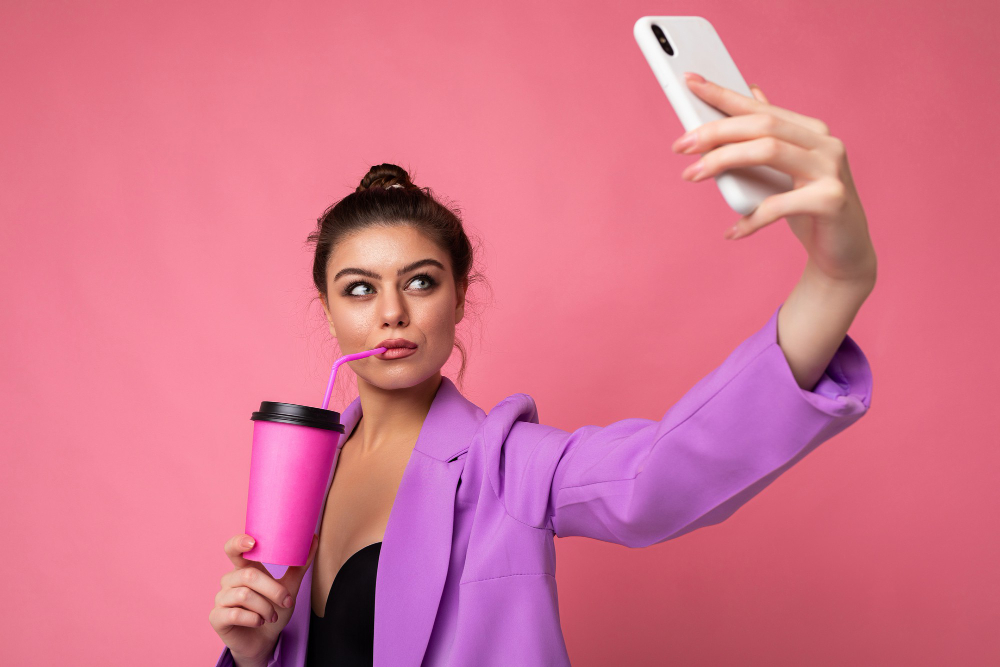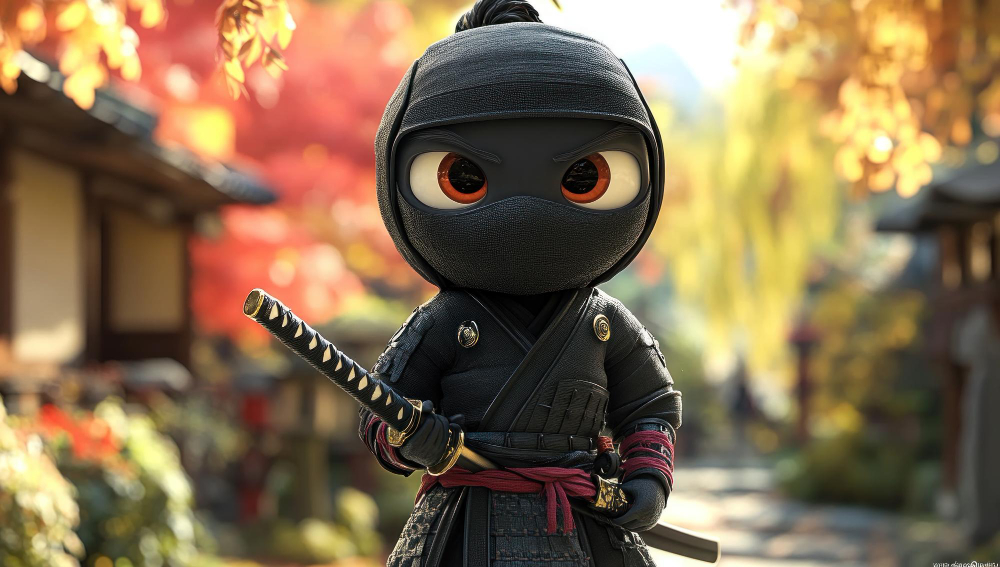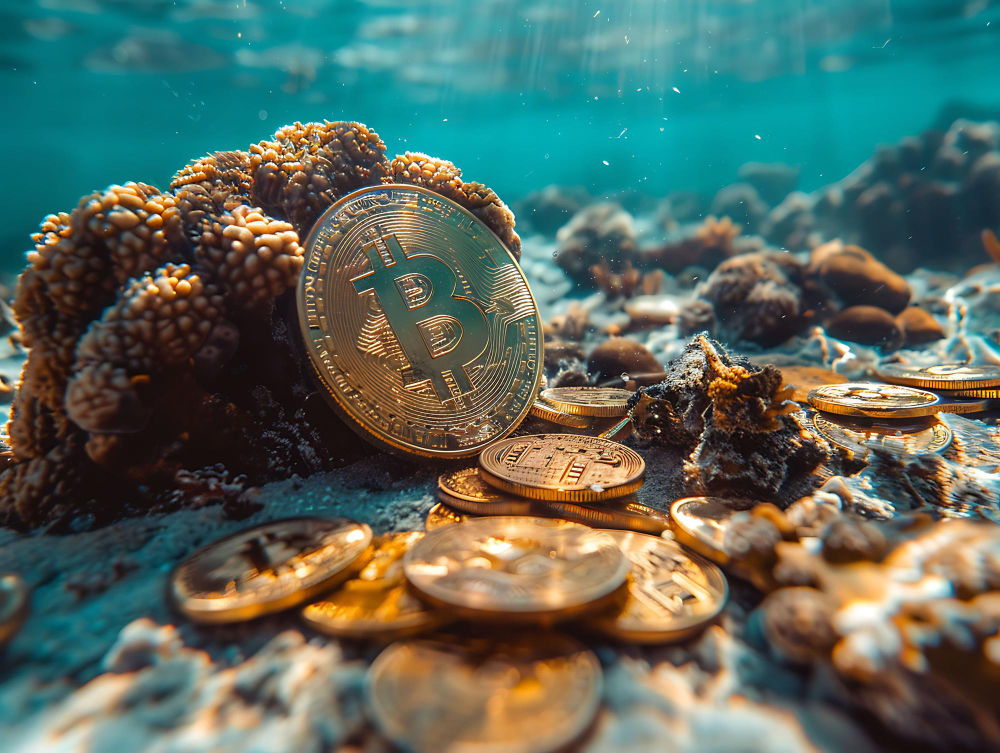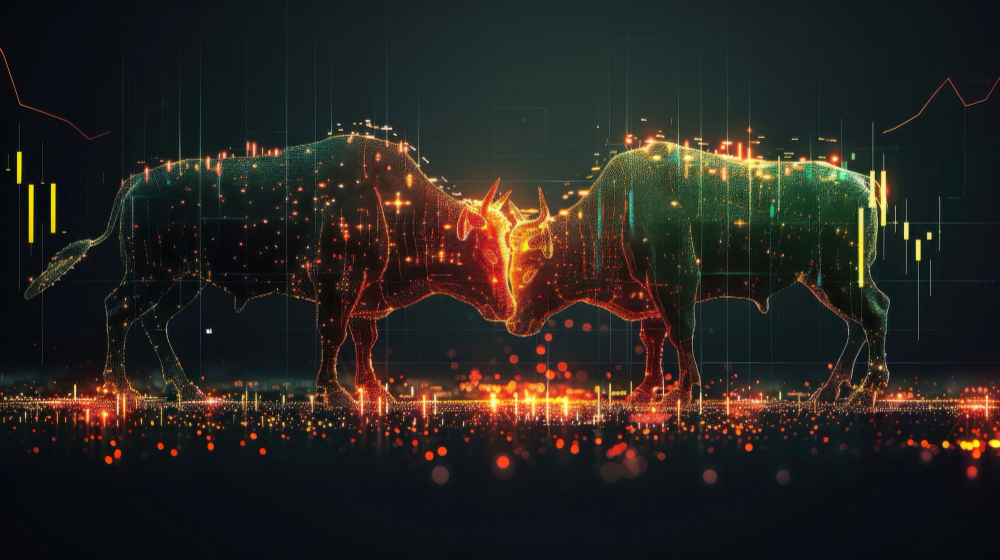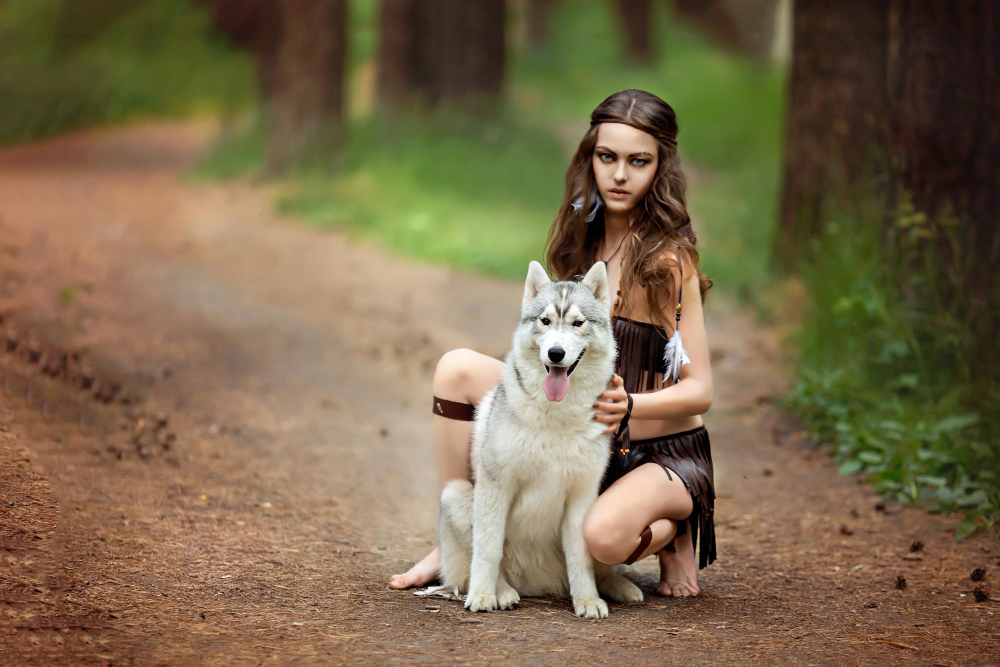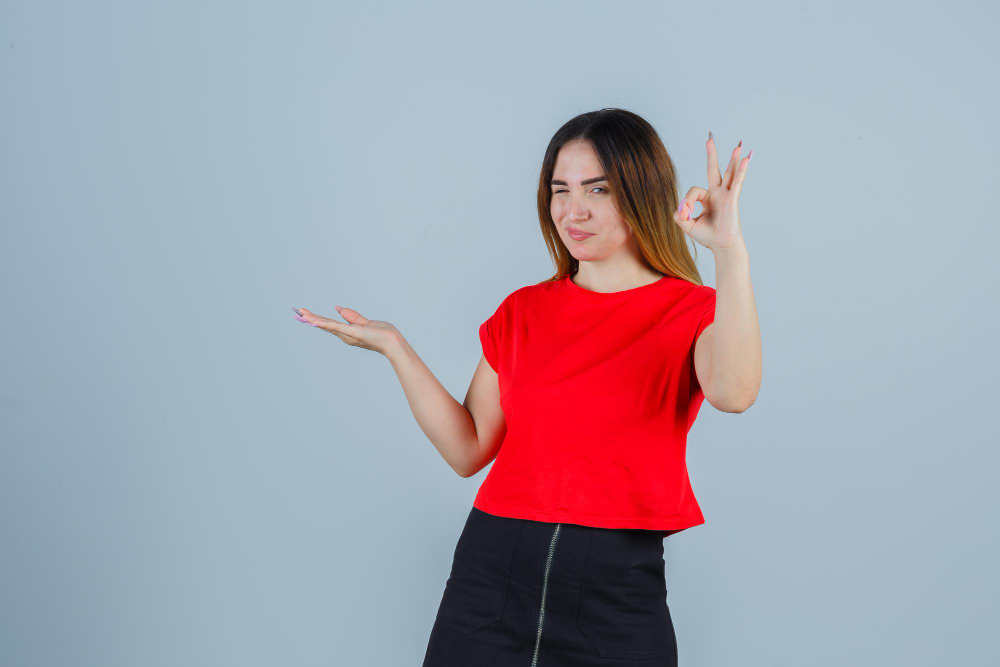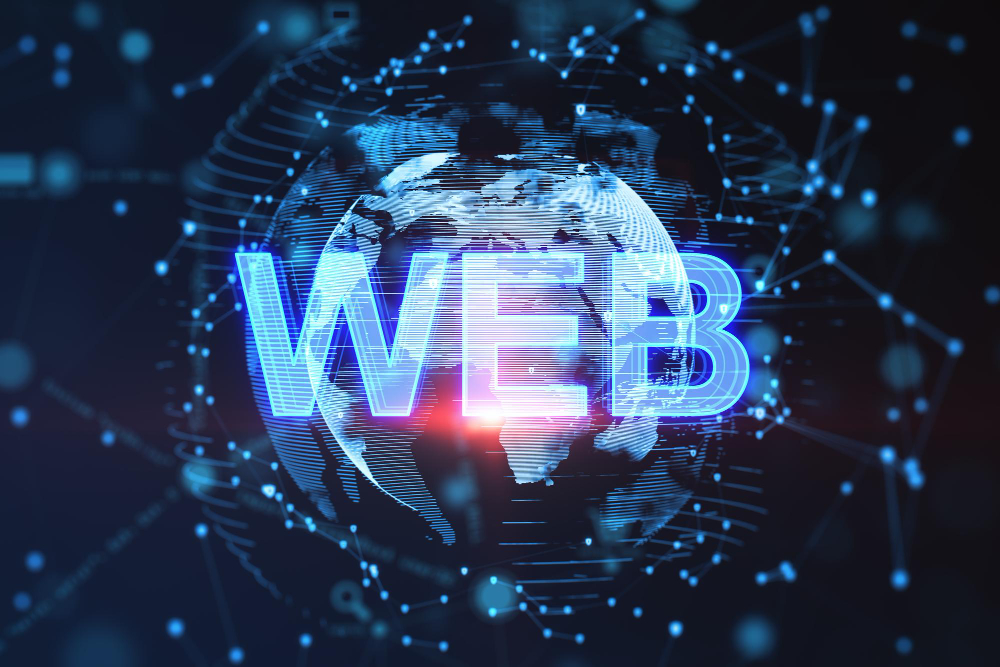In today’s digital age, social media influencers have become the new celebrities. With millions of followers, lucrative brand deals, and the power to shape trends, influencers enjoy a level of fame that was once reserved for Hollywood stars. However, with great influence comes great responsibility—and sometimes, great controversy.
The hashtag #InfluencersGoneWild has been trending across platforms like Twitter, Instagram, and TikTok, exposing the outrageous, unethical, and sometimes downright bizarre behavior of social media personalities. From staged pranks gone wrong to illegal stunts for clout, the dark side of influencer culture is becoming impossible to ignore.
1. The Rise of Shock Content for Clout
Social media algorithms reward engagement—likes, shares, comments, and views. The more outrageous the content, the more likely it is to go viral. This has led to a dangerous trend where influencers push boundaries to stay relevant.
Extreme Pranks & Dangerous Challenges
- The “Tide Pod Challenge” (2018) saw people filming themselves eating laundry detergent pods, leading to poison control warnings.
- The “Bird Box Challenge” (2019) encouraged people to blindfold themselves while doing everyday tasks, resulting in injuries.
- The “Outlet Challenge” (2020) involved sticking a penny into a phone charger plugged into an outlet, causing electrical fires.
Fake Public Meltdowns & Staged Drama
Some influencers fake emotional breakdowns, public fights, or even crimes just for views.
- Tana Mongeau’s fake wedding to Jake Paul was later revealed as a publicity stunt.
- Brittany Dawn, a fitness influencer, scammed followers with fake diet plans before being exposed.
The line between entertainment and exploitation is blurring, and audiences are growing tired of the deception.
2. Notorious Influencer Scandals
Some influencers have taken their wild behavior too far, landing them in legal trouble or public outrage.
Logan Paul’s Suicide Forest Video
In 2018, Logan Paul filmed a dead body in Japan’s Aokigahara Forest (known as the “Suicide Forest”) and uploaded it to YouTube. The backlash was immediate, with critics slamming him for exploiting tragedy for views. Although he apologized, the incident remains one of the most controversial moments in influencer history.
Belle Delphine’s “Gamer Girl Bath Water”
Belle Delphine, an OnlyFans model, sold jars of her “Gamer Girl Bath Water” for $30 each. While some saw it as a clever marketing stunt, others called it unhygienic and exploitative.
The Fyre Festival Disaster
Influencers like Kendall Jenner and Bella Hadid promoted Fyre Festival as a luxury event, only for attendees to arrive to disaster relief tents and cheese sandwiches. The scam led to lawsuits and a Netflix documentary exposing the fraud.
Andrew Tate’s Controversial Rise & Fall
Andrew Tate gained fame (and infamy) for his hyper-masculine, misogynistic content before being banned from multiple platforms. His arrest in Romania on human trafficking charges further proved how unchecked influencer behavior can spiral out of control.
3. The Legal and Ethical Consequences
When influencers cross the line, they don’t just face backlash—they risk lawsuits, bans, and even jail time.
FTC Crackdowns on Undisclosed Sponsorships
The Federal Trade Commission (FTC) has fined influencers like Kim Kardashian and Lori Loughlin for failing to disclose paid promotions properly. Transparency laws are tightening, forcing influencers to label ads correctly.
Influencers Facing Criminal Charges
- Austin Tamargo was arrested for stealing a donation jar meant for a child’s cancer treatment.
- TikToker Larissa Marie was charged with assault after attacking a Lyft driver on camera.
- YouTube prankster Tanner Cook was shot after harassing a stranger for a “social experiment.”
These cases highlight the real-world dangers of chasing viral fame.
4. How Social Media Platforms Are Responding
As influencer scandals grow, platforms are under pressure to enforce stricter rules.
YouTube’s Demonetization Policies
YouTube now demonetizes videos that include harmful pranks, hate speech, or dangerous challenges. Logan Paul’s suicide forest video, for example, led to stricter content guidelines.
TikTok’s Ban on Dangerous Trends
TikTok has banned challenges like the “Skull Breaker Challenge” (where people tripped others mid-jump) and the “Benadryl Challenge” (which encouraged overdosing on allergy meds).
Instagram’s Crackdown on Fake Giveaways
Scammy “comment to win” posts are now flagged, and influencers like Dan Bilzerian have been called out for fake luxury giveaways.
Despite these measures, many influencers find loopholes, proving that self-regulation isn’t enough.
5. Can Influencer Culture Be Fixed?
The #InfluencersGoneWild trend raises an important question: Is influencer culture beyond repair?
Audiences Are Getting Smarter
People are starting to recognize fake outrage, staged drama, and unethical behavior. Cancel culture has made influencers think twice before pulling stunts.
The Rise of “Authentic” Influencers
Creators who focus on genuine content (like MrBeast’s philanthropy or Emma Chamberlain’s relatable vlogs) are gaining more respect than shock-value influencers.
Should Platforms Be Held Accountable?
Some argue that social media companies should face stricter regulations to prevent harmful content from spreading. Others believe influencers should be held to the same legal standards as traditional media personalities.
Final Thoughts: The Future of Influencer Behavior
The #InfluencersGoneWild phenomenon shows what happens when fame, money, and lack of accountability collide. While some influencers learn from their mistakes, others continue to push boundaries for clout.
As audiences demand more authenticity and platforms tighten rules, the wildest days of influencer culture may be numbered. But one thing is clear: the era of reckless viral stunts is coming to an end.
What do you think? Should influencers face harsher penalties for dangerous behavior? Or is this just the price of digital fame? Let us know in the comments! | cinezone

